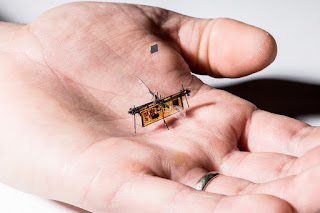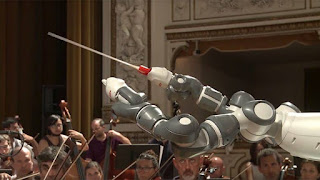Are Your Windows Smart and Eco-friendly?

Low Cost, Smart E-Glass University of Delaware researchers, led by Associate Professor Keith Goossen, have developed low-cost, glass panels that selectively allow and block light. This paves the way for eco-friendly, smart windows that reflect heat in the summer and absorb heat in the winter. Simple, Brilliant Idea The idea behind the smart glass is simple. It has two sheets of plastic separated by a thin cavity. Tiny, cube-shaped structures are in the plastic. They make light bounce back to its source. The other chamber between the plastics is filled with methyl salicylate, an inexpensive wintergreen extract that is also used in over-the-counter pain-killers. This liquid has optical properties that match the optical properties of retroreflective plastic. When combined the light can pass through and the system becomes transparent. Smart Glass, Smart Windows, Smart House, E-Friendly The smart glass system can switch from transparent letting the light shine in to warm










































